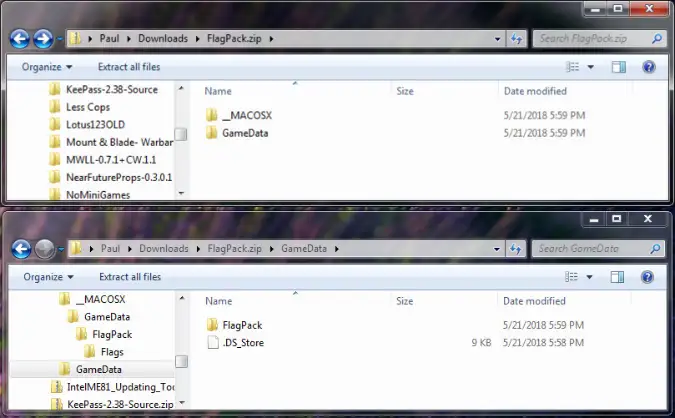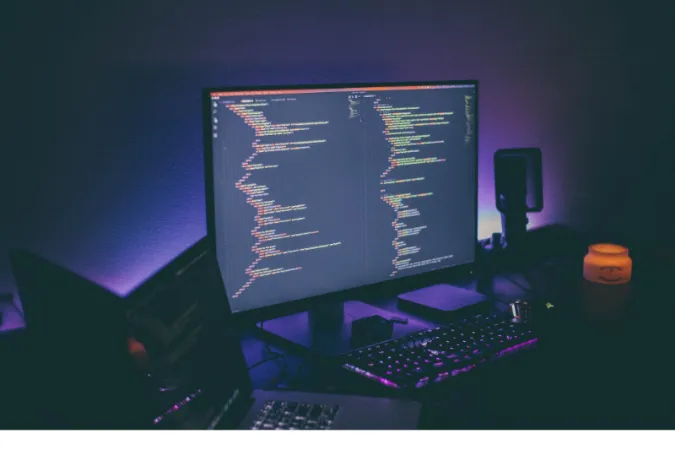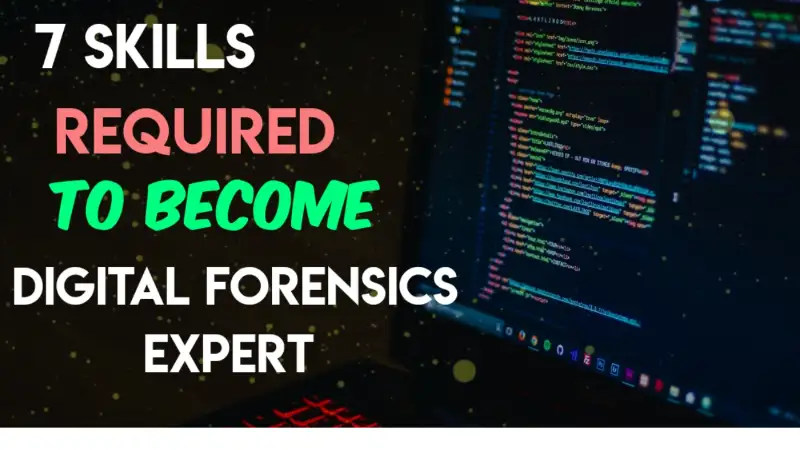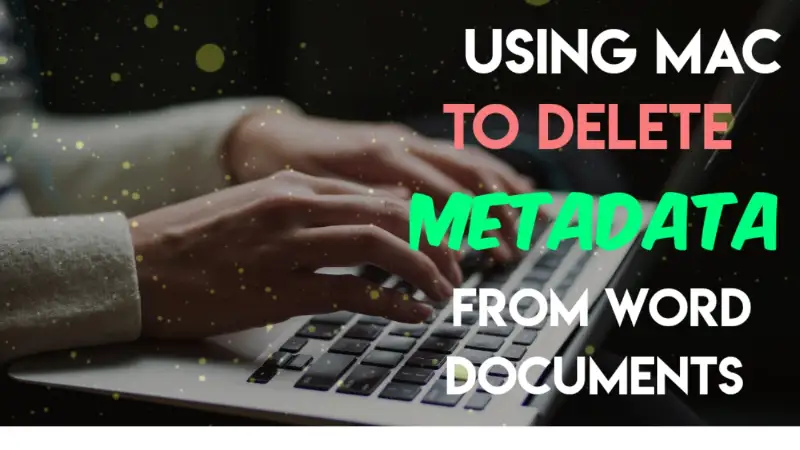In today’s digital age, our lives are increasingly intertwined with technology, with our interactions, transactions, and even our emotions often being mediated through our screens.
One platform that has gained substantial popularity is WhatsApp, a messaging service allowing users to communicate swiftly and securely.
But what happens when these messages need to transition from our phones to the courtroom? Can WhatsApp messages be used in court?
If you’ve ever pondered on this, you’re not alone. In fact, the potential use of WhatsApp messages as evidence in legal proceedings has become a hot topic, sparking intriguing discussions across multiple fields.
In the following sections, we will walk you through the intricacies of using WhatsApp messages in court, addressing key aspects such as the necessity of digital forensic tools, the role of a trained forensic examiner, and the importance of following a proper digital forensic methodology.
Quick Answer
Yes, WhatsApp messages can be used in court. But it isn’t as simple as showing your phone to the judge. Certain conditions need to be met for these messages to be considered valid evidence.
Primarily, you need to ensure that the messages are authentic, that they haven’t been tampered with, and that they’ve been obtained in a manner that respects privacy rights.
Fulfilling these conditions often involves using digital forensic tools, a trained forensic examiner, and adherence to a specific digital forensic methodology.
It’s important to note that these elements aren’t just technical jargon, but crucial aspects that ensure the admissibility of digital evidence in a court of law.
Why Would Someone Want to Use WhatsApp Messages in Court?
Communication forms the backbone of our social lives, and the same holds true in legal contexts.
Conversations, in their myriad forms, can provide valuable insights into the nature of relationships, the progression of events, and the intentions of the parties involved.
Therefore, it’s no surprise that communication, including WhatsApp messages, often finds its way into courtrooms.
In the realm of digital communication, WhatsApp stands as a giant, being a widely used platform for personal and professional interactions.
The convenience and accessibility of WhatsApp have led to its widespread adoption, with a significant amount of communication happening through this platform.
Whether it’s an incriminating admission, a business deal gone sour, or harassment cases, WhatsApp messages can serve as a goldmine of evidence in legal proceedings.
The Legality of Using WhatsApp Messages in Court
In order to use WhatsApp messages as evidence in court, there are certain legal considerations to be mindful of.
It’s important to note that these may vary across jurisdictions, with the US, UK, and Canada each having their own rules and regulations.
In the US, digital evidence, including WhatsApp messages, are generally admissible in court under the Federal Rules of Evidence (FRE).
According to Rule 901(b)(1) of the FRE, an item of evidence is admissible if it can be identified as what the proponent claims it to be.
This means that the party intending to use the WhatsApp messages must provide evidence to show that the messages are genuine and not tampered with.
In the UK, the situation is similar. The UK’s Civil Evidence Act allows for the admission of digital evidence, such as WhatsApp messages, provided they meet the necessary criteria for authenticity and reliability.
In Canada, the Canada Evidence Act also permits the use of electronic documents as evidence, given that their integrity has been maintained throughout the process.
Criteria for Admitting WhatsApp Message Evidence in a Court of Law
Here are the three (3) criteria that need to be fulfilled;
Criteria 1: Using Digital Forensic Tools
Digital forensic tools are an essential part of utilizing WhatsApp messages as evidence in court. These tools extract, analyze, and preserve digital evidence while ensuring its integrity throughout the legal process.
Let’s dive into some of these crucial tools:
For Computer Analysis:
- EnCase: EnCase is a comprehensive digital forensics tool used in computer forensics. It aids in the collection, preservation, and analysis of digital evidence. Known for its robust capabilities, EnCase can unearth crucial digital evidence from a wide array of digital platforms, including WhatsApp.
- Forensic Toolkit (FTK): Another widely used tool in computer forensics is the Forensic Toolkit. FTK allows for the thorough examination of digital data, enabling investigators to locate, review, and analyze WhatsApp messages in a manner that maintains their integrity for potential use in court.
For Mobile Phone Analysis:
- Cellebrite: When it comes to mobile phone forensics, Cellebrite stands out as a premier tool. It allows for the efficient extraction and analysis of data from mobile devices, including WhatsApp messages. Its sophisticated capabilities make it a favored choice for experts when dealing with mobile-based digital evidence.
- Oxygen Forensics: Oxygen Forensics is another potent tool in the realm of mobile phone forensics. It provides an array of features that allow for extracting, preserving, and examining data from a wide range of mobile devices.
Each of these tools uniquely ensures the reliability and admissibility of WhatsApp messages as evidence in court.
They work in tandem with a trained forensic examiner and follow a specific digital forensic methodology, ensuring the correct handling of this potentially game-changing digital evidence.
Criteria 2: Trained Forensic Examiner
Having a trained forensic examiner is a key element of the process.
An examiner with formal training and extensive experience in digital forensics can significantly impact the admissibility and interpretation of the evidence in court.
Formal training provides a strong foundation in the principles and practices of digital forensics. It equips examiners with an understanding of the field’s legal, ethical, and procedural aspects.
From knowing how to handle digital evidence to understanding the nuances of different forensic tools like EnCase or Cellebrite, formal training prepares examiners for the complex world of digital forensics.
Meanwhile, hands-on experience adds another layer of expertise. Years of practice allow examiners to apply their theoretical knowledge in real-world situations.
This experience and continual learning allow them to stay updated with evolving technologies and methodologies.
Forensic certification, while not mandatory for presenting evidence in court, is an additional credential that can strengthen an examiner’s credibility.
Certifications showcase an examiner’s expertise and commitment to maintaining professional standards.
Criteria 3: Following Digital Forensic Methodology
Following a rigorous digital forensic methodology is the third criteria to meet when preparing WhatsApp messages as evidence in court.
This methodology ensures the evidence remains intact, unaltered, and admissible.
The digital forensic methodology typically involves these crucial steps:
Identification: This is the initial step where potential sources of digital evidence, such as WhatsApp chats, are identified.
Preservation: This stage involves safeguarding the identified digital evidence. It’s crucial to prevent any alteration, damage, or loss of data from when it’s discovered to when it’s presented in court.
Extraction: Here, digital forensic tools are used to retrieve the evidence from the device. With WhatsApp messages, this could involve extracting chats, shared media, and more.
Analysis: This step thoroughly analyzes the extracted data to uncover relevant information. The forensic examiner will sift through the WhatsApp conversations, examine the context, and pull out the pieces of evidence.
Documentation/Reporting: Finally, the forensic examiner prepares a detailed report of the forensic process and findings. This report, which might need to be presented in court, should clearly and accurately document every step taken and its result.
Following this methodology with the aid of professional tools and a trained examiner helps ensure that WhatsApp messages can be used effectively as reliable evidence in court.
Frequently Asked Questions (FAQ)
Q1. Can WhatsApp messages be shown in the court?
Yes, WhatsApp messages can be used in court, provided they are obtained and handled following proper legal and digital forensic procedures. This ensures the messages are authentic, reliable, and admissible as evidence.
Q2. Can deleted WhatsApp messages be retrieved?
With the use of digital forensic tools and methodologies, deleted WhatsApp messages can often be retrieved. However, the success rate depends on several factors, such as the device’s usage after the deletion and the time elapsed since the deletion.
Q3. How do I save WhatsApp messages as evidence?
To save WhatsApp messages as evidence, it’s advisable to seek assistance from a trained digital forensic examiner. They have the expertise and tools to extract, preserve, and document WhatsApp messages while maintaining their integrity for court use.
Q4. What tools are used in retrieving WhatsApp messages for court use?
Some of the notable digital forensic tools used for retrieving WhatsApp messages include EnCase and Forensic Toolkit (FTK) for computer forensics, and Cellebrite and Oxygen Forensics for mobile phone forensics.
Q5. What’s the role of a trained forensic examiner in using WhatsApp messages in court?
A trained forensic examiner plays a vital role in the process. Their formal training and experience equip them with the skills to identify, preserve, extract, analyze, and document digital evidence in a way that maintains its admissibility in court.
Q6. Are there any rules to follow in using WhatsApp messages as evidence in court?
There are rules to follow, usually defined by digital forensic methodologies and local jurisdiction laws. These rules ensure the integrity and reliability of the digital evidence presented.
Conclusion
In the digital age we’re living in, the relevance of WhatsApp messages and other digital communications in the court of law cannot be understated.
With billions of users worldwide, platforms like WhatsApp are often involved in legal matters, and their messages can indeed serve as powerful evidence.
However, using WhatsApp messages in court is not as simple as showing your phone screen to the judge.
It’s a complex process that requires the right tools, a trained forensic examiner, and a meticulous digital forensic methodology to maintain the integrity and admissibility of the evidence.
Always remember that while WhatsApp messages can be a goldmine of evidence, they must be handled with care, precision, and respect for the law.

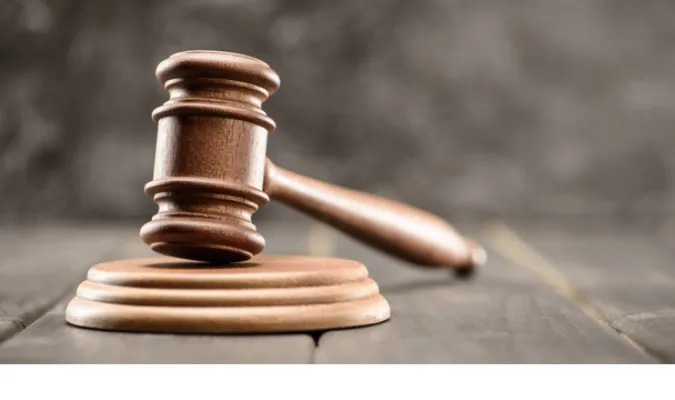
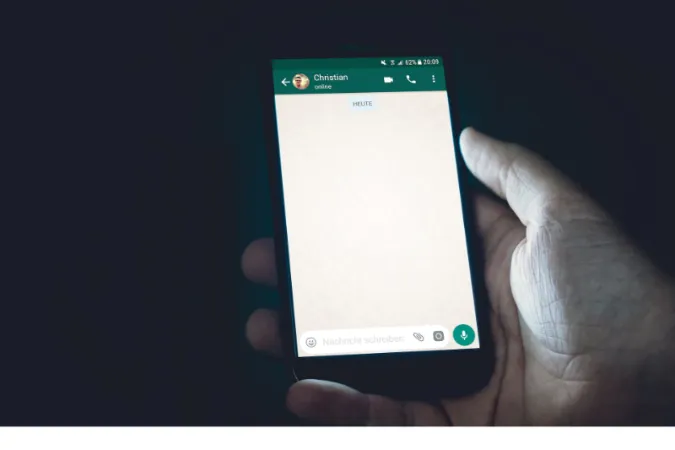
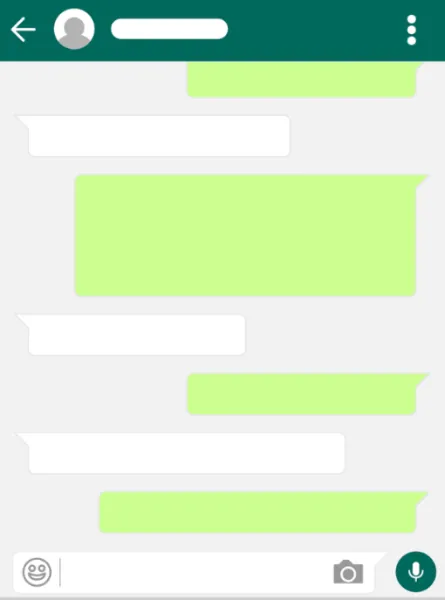
![[7 Ways] You May Not Have a Proper App for Viewing this Content](https://www.ticktechtold.com/wp-content/uploads/2023/02/Featured_error-message-you-may-not-have-a-proper-app-for-viewing-this-content-android-whatsapp.webp)
![7 Ways to FIX Telegram Banned Number [Recover Account Unban]](https://www.ticktechtold.com/wp-content/uploads/2023/03/Featured_fix-recover-telegram-this-phone-number-is-banned.webp)
